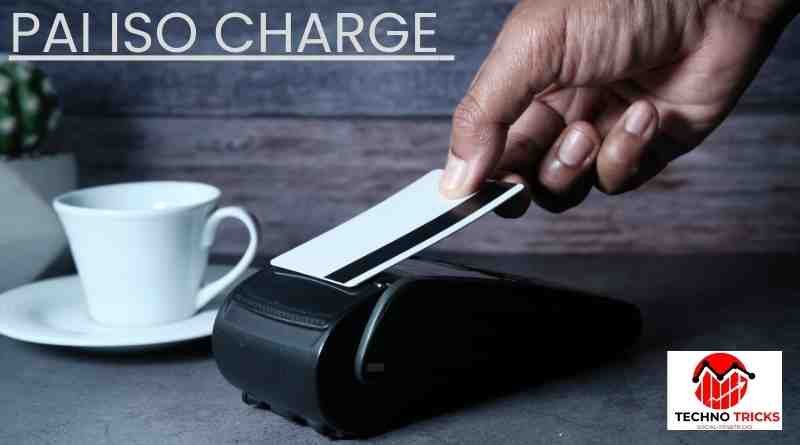Understanding the PAI ISO Charge: What It Means on Your Bank Statement
If you’ve recently reviewed your bank statement and noticed a charge labeled “PAI ISO Charge,” you might be wondering what it is and why it appeared on your account. This article will break down the meaning of the PAI ISO Charge, how it works, and what steps you can take if you have concerns about this charge on your bank statement.
What is the PAI ISO Charge?
The term “PAI ISO Charge” refers to a fee that is commonly associated with transactions involving ATMs (Automated Teller Machines). PAI stands for “Payment Alliance International,” one of the largest independent ATM deployers in the United States. “ISO” stands for “Independent Sales Organization,” a third-party company that partners with banks and financial institutions to offer payment processing services. When you use an ATM that is part of the PAI network, you may incur a fee known as the PAI ISO Charge.
Why Does the PAI ISO Charge Appear on Your Statement?
There are a few reasons why you might see a PAI ISO Charge on your bank statement:
- ATM Withdrawal: If you used an ATM that is not owned by your bank, particularly those in convenience stores, gas stations, or other retail locations, a PAI ISO Charge could be applied as a fee for using the machine.
- Balance Inquiry: Some ATMs charge fees not only for withdrawals but also for checking your account balance. If the ATM you used is part of the PAI network, this could be the source of the charge.
- Transaction Denial: In some cases, even if your transaction was denied (for instance, if you tried to withdraw more money than you had in your account), the ATM might still charge a fee, which would appear as a PAI ISO Charge on your statement.
How Much is the PAI ISO Charge?
The amount of the PAI ISO Charge can vary depending on the specific ATM and the financial institution that issued your debit or credit card. Typically, these charges range from $2 to $5 per transaction. It’s important to note that this fee is in addition to any charges your own bank may impose for using an out-of-network ATM.
Can You Avoid the PAI ISO Charge?
Yes, there are a few ways to avoid incurring a PAI ISO Charge:
- Use In-Network ATMs: To avoid these fees, try to use ATMs that are part of your bank’s network. These are usually fee-free or have lower fees.
- Check Your Bank’s ATM Locations: Many banks offer tools on their websites or mobile apps that help you locate nearby ATMs in their network.
- Withdraw Cash at Point of Sale: Some retailers offer the option to withdraw cash when making a purchase with your debit card, often without any fees.
- Monitor Your Transactions: Regularly check your bank statements to spot any unexpected charges. If you notice a PAI ISO Charge that you don’t recognize, reach out to your bank or the ATM operator for clarification.
What to Do if You’re Concerned About a PAI ISO Charge
If you notice a PAI ISO Charge on your bank statement that seems unusual or if you don’t recall making a transaction that would result in this fee, take the following steps:
- Contact Your Bank: Start by contacting your bank or financial institution to inquire about the charge. They can provide details about the transaction and explain the fee.
- Dispute the Charge: If you believe the charge was made in error, you can file a dispute with your bank. They may be able to reverse the fee after investigating the transaction.
- Reach Out to PAI: If necessary, you can contact Payment Alliance International directly to ask for more information about the charge and the ATM where it occurred.
Conclusion
The PAI ISO Charge is a common fee associated with using out-of-network ATMs that are part of the Payment Alliance International network. While these charges are typically small, they can add up over time. By understanding what this charge is and how to avoid it, you can better manage your finances and avoid unnecessary fees. Always keep an eye on your bank statements and take action if you notice any charges that seem out of place.
Read also: check




